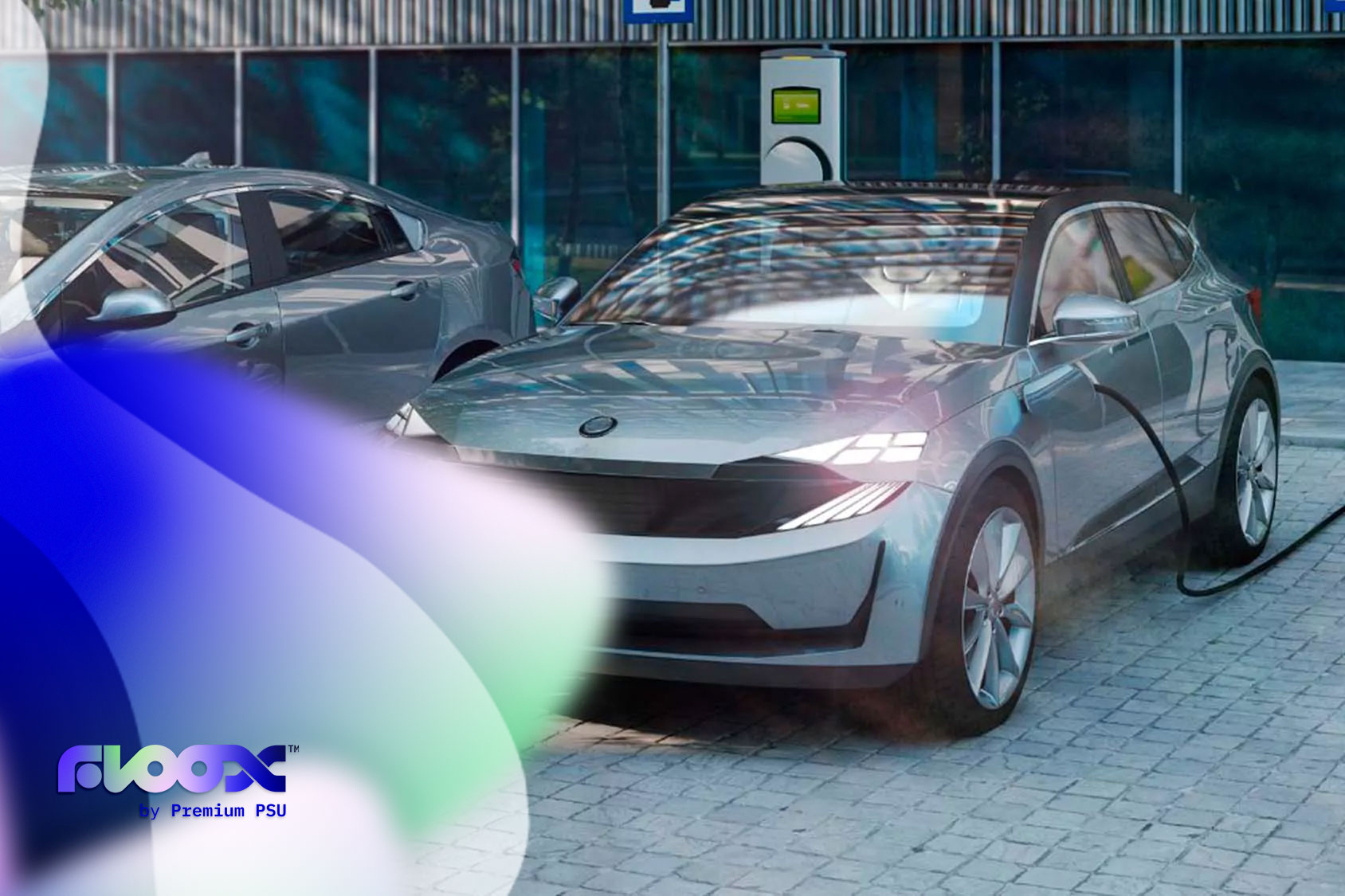
In an international context in which there is a commitment to becoming a more efficient and sustainable society, as well as reducing environmental impact, the electric vehicle has become a key element in the energy scheme of the future. All of this is part of a quest to promote sustainable mobility. But is the electric vehicle a sustainable resource?
Sustainable mobility
When we refer to sustainable mobility, we are talking about a concept that understands that conventional transport is, today, one of the main emitters of greenhouse gases, as well as one of the main pollutants in cities.
Sustainable mobility is also understood as measures that can be taken by businesses and public spaces to reduce transport-related pollution. For example, with the installation of electric vehicle chargers.
Today, in terms of integrating sustainable mobility, electric vehicles represent an opportunity. Here’s why:
Electric vehicle as a sustainable resource
From 2035, the European Union has banned the sale of petrol and diesel cars. This, coupled with a growing demand for a different type of mobility that is more respectful of our planet, is leading brands to focus on electric vehicles.
The first thing we want to make clear is that the electric vehicle is a sustainable resource. Today, the electric vehicle represents a great alternative in terms of mobility promoted in order to reduce the carbon footprint and achieve the proposed and necessary sustainability goals.
Let’s look at some of the features that make the electric vehicle a sustainable resource:
Life span
One of the features we can highlight in terms of sustainable mobility has to do with simpler mechanics and fewer moving parts than combustion vehicles.
This results in a longer service life for the vehicle, as less maintenance and wear and tear is required. In addition, they do not require the use of engine oils or coolants, which not only require maintenance, but can also be harmful to the environment.
Zero Emissions
Electric vehicles are vehicles that do not emit carbon dioxide and other greenhouse gases. This substantially reduces air pollution and helps mitigate climate change. It also contributes to better air quality.
There are also other air pollutants such as nitrogen oxide, which are also not emitted by an electric vehicle. These pollutants are harmful to both the environment and humans.
No noise pollution
Noise pollution is another common problem in cities that negatively affects the quality of life. Electric vehicles generate much less noise than combustion cars, thus reducing stress, health disorders or habitat disturbance for many animal species, among others.
Energy efficiency
The electric vehicle is more efficient than the internal combustion engine. It is estimated that a combustion engine can have an energy efficiency of 27%, while an electric vehicle can reach 75%.
Energy efficiency is about how much energy the vehicle is able to transform into motion. This translates into lower overall consumption and longer range. In addition, electric vehicles have batteries that last longer and longer, although they still do not have the range of a combustion car.
Green energy
Finally, electric vehicles offer the opportunity to run on green energy. This consists of electricity that comes partly or entirely from renewable sources, such as solar or wind energy, among others.

Limitations of electric vehicles today
Despite the aspects mentioned above, the fact remains that electric vehicles still face a number of challenges.
Among these is the current low charging infrastructure for efficient use of these vehicles. Currently, there is talk that the range of mid-class vehicles exceeds 400 kilometres of autonomy, and in high-end models it exceeds 600km.
The need to install electric vehicle charging stations
In order to respond to the needs mentioned above, the installation of chargers for electric vehicles is already necessary. Not only is it a way to prepare for a near future in which the roads will be dominated by electric vehicles, but the chargers also serve as an attraction for different types of businesses.
In this regard, for those who wish to install charging stations, there are also various subsidies aimed at facilitating the decision to install an electric vehicle charger. One of the most interesting is the MOVES III Plan which, by 2023, has reached 1.2 billion euros.
Among the types of businesses that can take advantage of this opportunity, the ones that can benefit the most are car parks, hotels, restaurants, car dealers, gyms, shopping centres or those with a transport fleet, among others.
Which electric vehicle chargers to buy? Discover Floox
Finally, when making the decision to purchase charging stations, one of the doubts that often arises has to do with which charger to purchase. This will depend on the type of business, space, etc…
At this point, Floox has DC chargers with different charging capacities. One of these is the Powerfloox, which offers 30 kW fast charging and CCS2 and CHAdeMO connectors. It achieves an 80% charge in approximately one and a half hours.
Secondly, there is the Superfloox charger, capable of charging up to three vehicles simultaneously. Two of them can be charged with a shared 60 kW of power, each receiving 30 kW, and an optional third hose delivers 22 kW of power. It is an interesting option for those looking for high-capacity fast charging solutions.
Finally, there is also Ultrafloox, an ultra-fast charger that can operate two vehicles at the same time. It is capable of adapting to the following power ratings: 90, 120, 150 or 180 kW. Vehicles can reach 80% charge in just 15 minutes.
If you want to join sustainable mobility, do not hesitate to contact us and we will answer all your questions.











